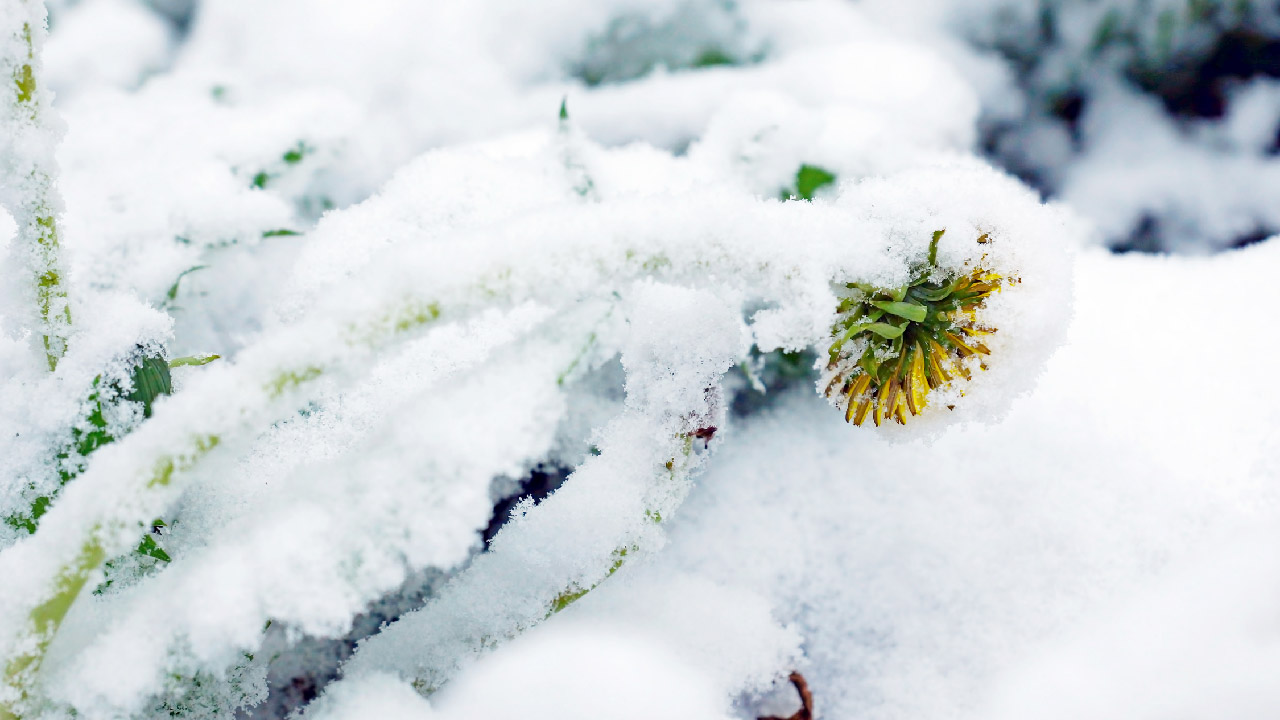How to add Color to your Winter Garden
Aug 10th 2023
Did you know that it's possible to maintain a colorful garden year-round? Though winter brings cold weather and the dormant season, there are many plants that produce lovely colors even in the colder months. Improve curb appeal and look like a gardening expert by selecting a few strategic plants to give your garden a pop of color. Read on to discover the best ways to add color to your winter garden.
Choose Evergreens
One of the most obvious ways to maintain color in your winter garden is to choose evergreen plants.
Evergreens come in a wide variety, including but not limited to holly, arborvitae, boxwood, juniper, and yew. Plants such as azaleas, rhododendrons and mountain laurel provide bright flowers in the spring and early summer, but also maintain their green leaves year-round. Lavender is another excellent choice that maintains its green leaves and provides fragrant flowers in warmer weather. Unfortunately, many invasive species are also evergreen, so be sure to check which plants are invasive in your area before planting.Winter Flowers
An excellent way to add beauty to your garden during the coldest time of year is to find plants that flower during the winter.
Be sure to check the specific varieties of the plants you're getting because many species have wide-ranging characteristics. Camellia, witch hazel, winter hazel, fragrant Daphne, winter heath, pussy willow and winter jasmine are all examples of plants that bloom at different times during the cold season. Bloom times will vary depending on climate.Ornamental Berries
It can be exciting to see little bursts of bright color during the depths of winter. Some plants have specifically adapted to provide fruit in the winter, and it is relatively simple to bring these into your winter garden. Holly berries are one of the most well-known, but there are many others including honeysuckles, cranberry cotoneaster, winterberry, juniper, dogwood, and hawthorn. Mistletoe is another popular winter plant that can showcase its striking white berries in colder weather.
Consider The Bark
Maybe you don't immediately think of bark when you think of adding color to your garden, but you should certainly consider it. Many trees and bushes offer stunning bark year-round but can really shine in winter once all of the foliage has dropped away. Birch trees offer a wide range of bark colors, from red to white. Other lovely options may include dogwood, paperbark maple, paperbark cherry, and crape myrtle.
Provide Visual Structure
Though warmer weather gardens can get away with focusing solely on blooms and foliage, winter gardens require different design considerations. Well-shaped plants are visually striking and provide structure for the garden, which may otherwise look a bit flat and uninspired under the gray, snowy skies. Functional features that you can use all year round may also be a welcome addition, such as a fire pit.

